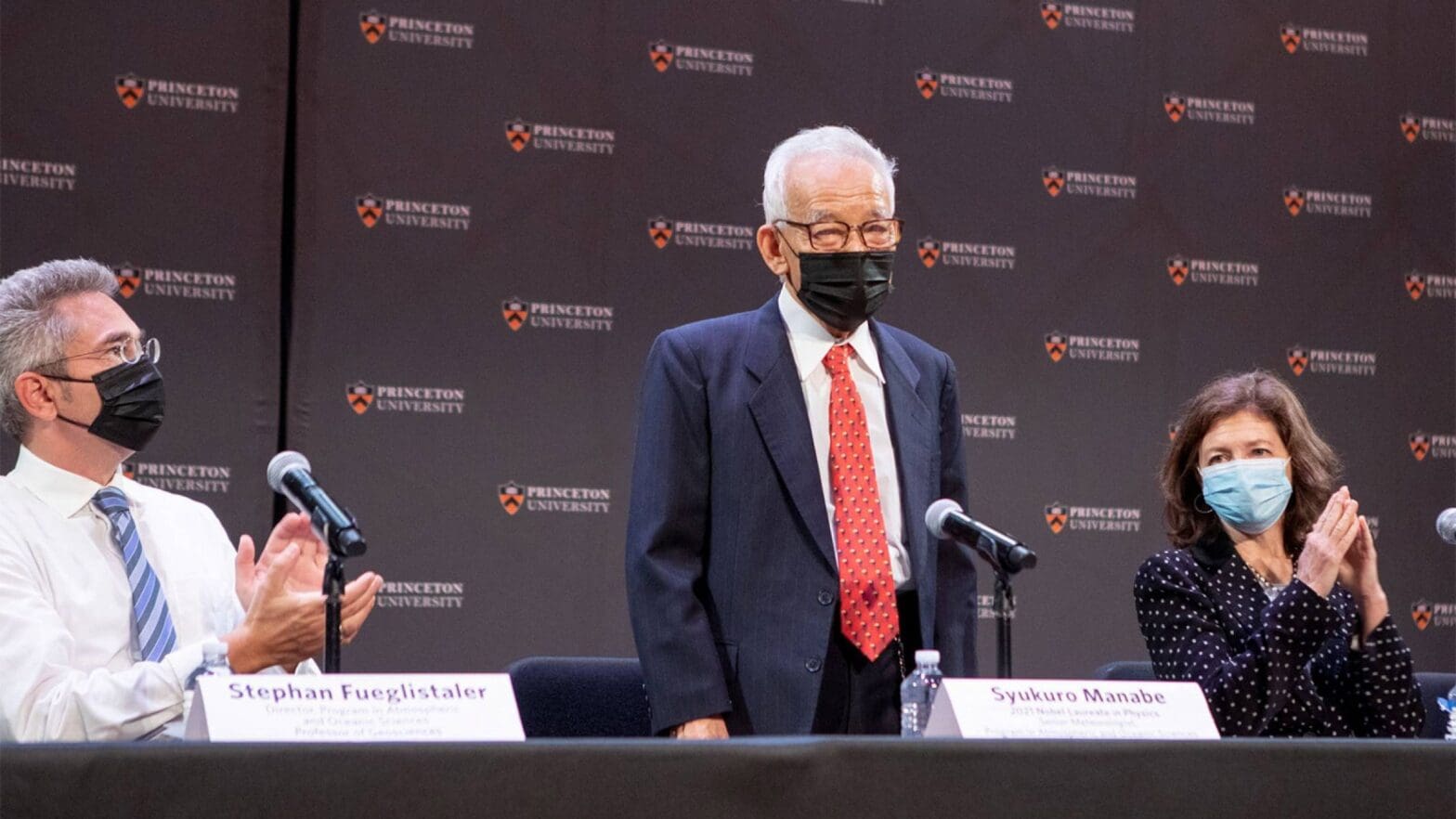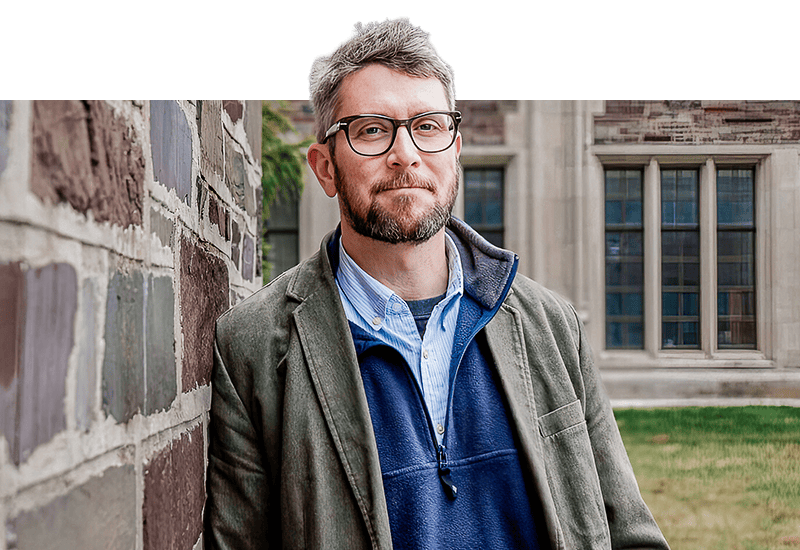
Nobel Prize in physics highlights legacy of environmental research
By
on
Manabe won the Nobel Prize in physics on Oct. 5 for developing a comprehensive model of the global climate that allowed scientists to understand for the first time how changes in the atmosphere and oceans would affect the planet’s climate. Manabe was one of the founding scientists of the National Atmospheric and Oceanic Administration’s Geophysical Fluid Dynamics Lab (GFDL), which moved from Washington to Princeton due to the efforts of two scientists, Joseph Smagorinsky of NOAA and MAE Professor George Mellor.
Princeton University appointed Manabe as a visiting lecturer with rank of professor in the MAE department and the Program in Oceanic and Atmospheric Sciences. He was reappointed annually until moving to Princeton’s Department of Geosciences in 1976.
“Our parallel careers for half a century have engaged with the same questions about how our small planet works and how to live within its constraints,” said Rob Socolow, professor of mechanical and aerospace engineering, emeritus. “I am ecstatic about Suki’s award. I have known Suki since I came to Princeton 50 years ago. He is an imp, always with a twinkle in his eye. Unfailingly polite. And deep.”
Socolow, who joined the department in 1971, became a leader in developing broad frameworks for analyzing how technologies can be deployed to reduce greenhouse gas emissions. He helped establish Princeton’s High Meadows Environmental Institute and founded and directed the Carbon Mitigation Initiative with Stephen Pacala, professor of ecology and evolutionary biology. Socolow and Pacala are co-authors of the Stabilization Wedges, a widely cited framework for cutting carbon emissions with available tools.
Today important work in this area is being carried on by Jesse Jenkins, assistant professor of MAE and the Andlinger Center for Energy and the Environment. Jenkins is a leader of Princeton’s Net-Zero America project, which lays out five pathways to cutting net carbon emissions in the United States to zero by 2050. The report has been widely cited and has spurred similar studies for other parts of the world.
In 2010 MAE professor Emily Carter became founding director of Princeton’s Andlinger Center for Energy and the Environment. After serving as dean of engineering at Princeton and provost and executive vice chancellor at the University of California-Los Angeles, she is returning Dec. 10 to MAE to work full-time on research to address sustainability and climate change.
The department also has been a leader in the science of combustion, which is critical to developing better fuels and using them more efficiently.
“The breadth of expertise in MAE and the fundamentally interdisciplinary nature of our work make this department particularly well suited to providing real and substantial solutions for our energy needs while protecting the planet for future generations,” said department chair Howard Stone, the Donald R. Dixon ’69 and Elizabeth W. Dixon Professor of Mechanical and Aerospace Engineering. “It is an honor for the department to have a connection to Suki Manabe’s pioneering work. A huge congratulations to him and a warm welcome to all talented students and researchers who seek to carry on this incredible legacy.”






